This course is designed to challenge 9th and new 10th-grade students who have unusually strong backgrounds in algebra, geometry, or both. Students build on prior experience in algebra and geometry as a basis for investigating advanced topics, including those typically seen in math contests. Emphasis is placed on individual and group exploration of mathematical ideas in order to solve unfamiliar problems, discover patterns, and prove results. Creative problem solving, clear thinking, and careful articulation provide an important foundation for advanced mathematics courses at George School and beyond. The concept of proof is central to the course; a wide variety of proof strategies are explored. Topics from earlier algebra courses that are studied in greater depth include functions (polynomial, absolute value, rational, radical, exponential, and logarithmic), inverse functions, complex numbers, and nonlinear inequalities. Topics from earlier geometry courses that are studied in greater depth include congruency axioms, similarity, parallel properties, area, perimeter, and volume. Topics which may be completely new to students include set theory, vectors in two and three dimensions, parametric equations, the binomial theorem, number theory, algebraic proof, matrices, descriptive statistics, conic sections, sequences and series, Fermat primes, and theorems from Ceva, Heron, and Apollonius.
The class uses a problem book rather than a textbook. Daily homework requires students to creatively apply concepts discussed in class to thought-provoking problems with methods of solution that may not have been demonstrated by the teacher. Because many students who take this course have not previously had to study to do well in math, attention is given to techniques for efficient and effective learning of advanced mathematics. This course is taught at a rapid pace. Students are encouraged to develop the confidence to risk failure by tackling questions that deepen their understanding in class, on homework, and on tests. Strong graphing and algebraic skills are assumed, as is the ability to generalize a pattern from specific cases. Students in this class are strongly encouraged to sit for the Mathematical Association of America’s AMC exam.
Min-Max Credit Hours: 1.0-3.0





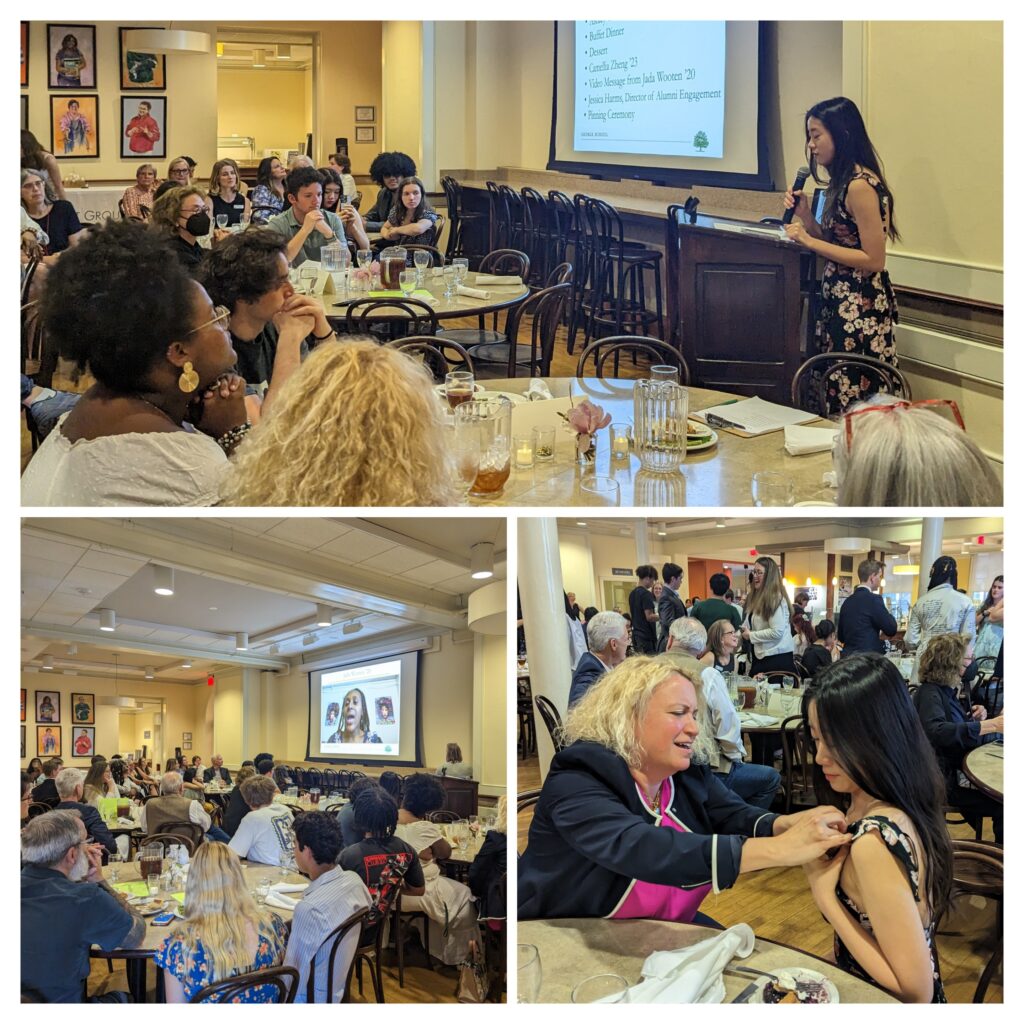

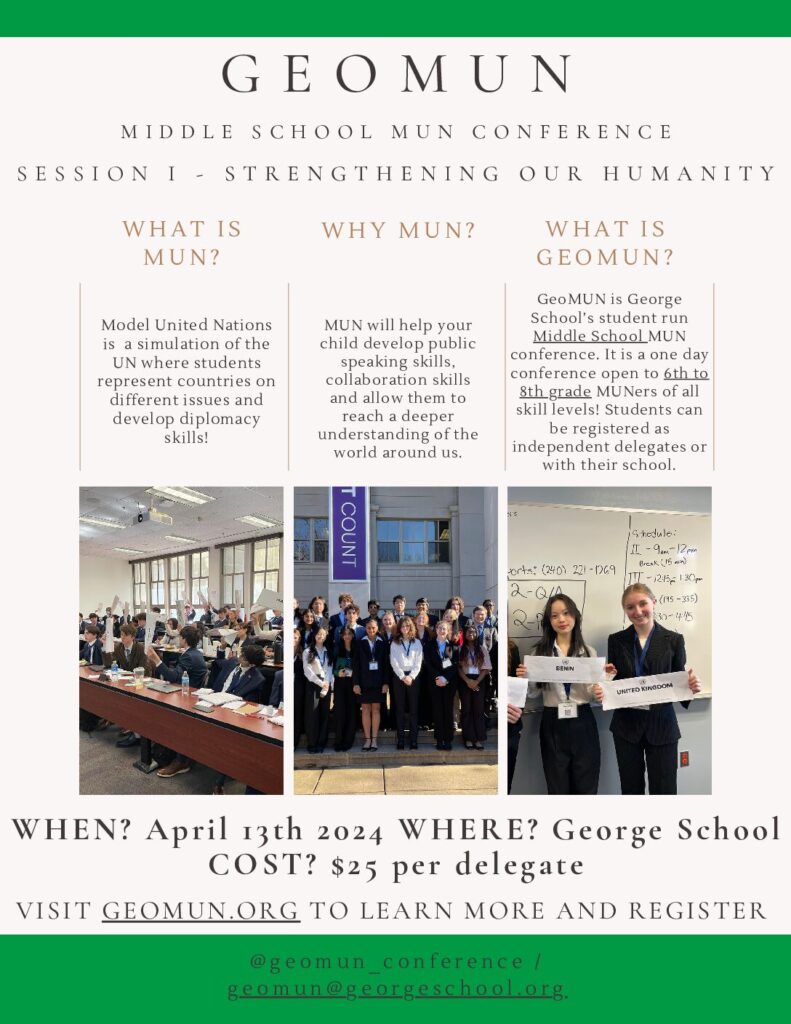


 Monastir, Tunisia, and Amman, Jordan
Monastir, Tunisia, and Amman, Jordan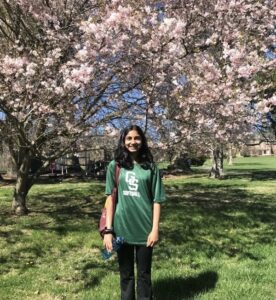 Irvine, CA
Irvine, CA Feasterville-Trevose, PA
Feasterville-Trevose, PA New Hope, PA (Previously NYC)
New Hope, PA (Previously NYC)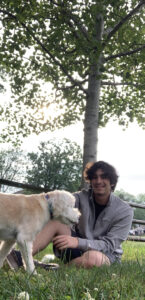 Richboro, PA
Richboro, PA Englewood, NJ
Englewood, NJ Ningbo, Zhejiang, China
Ningbo, Zhejiang, China Willingboro, NJ
Willingboro, NJ Yardley, PA
Yardley, PA Newtown, PA
Newtown, PA Holicong, PA
Holicong, PA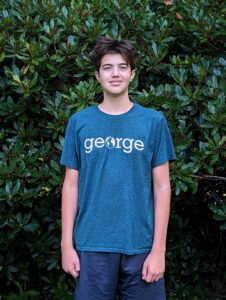 Newtown, PA
Newtown, PA Hamilton, NJ
Hamilton, NJ Yardley, PA
Yardley, PA Lambertville, NJ
Lambertville, NJ Chongqing, China
Chongqing, China Pennington, NJ
Pennington, NJ Yardley, PA
Yardley, PA Bensalem, PA
Bensalem, PA Borgota, Colombia
Borgota, Colombia Newtown, PA
Newtown, PA Burlington, NJ
Burlington, NJ Langhorne, PA
Langhorne, PA Princeton, NJ
Princeton, NJ Langhorne, PA
Langhorne, PA New York City, NY
New York City, NY New Hope, PA
New Hope, PA St. Catharines, Ontario, Canada
St. Catharines, Ontario, Canada Providenciales, Turks and Caicos Islands
Providenciales, Turks and Caicos Islands Willingboro, NJ
Willingboro, NJ Princeton, NJ
Princeton, NJ
 Newark, NJ
Newark, NJ Trenton, NJ
Trenton, NJ Newtown, PA
Newtown, PA












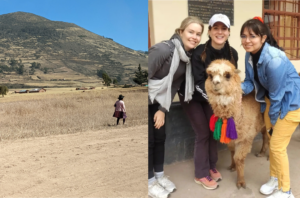





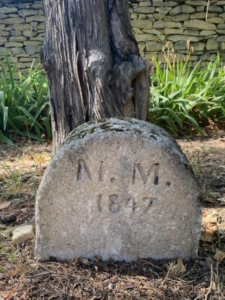






 Lawrence, NJ
Lawrence, NJ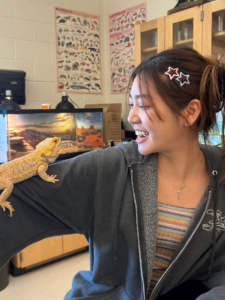 Seoul, South Korea
Seoul, South Korea
 Milwaukee, Wisconsin
Milwaukee, Wisconsin Pennington, NJ
Pennington, NJ Jenkintown, PA
Jenkintown, PA Ottsville, PA
Ottsville, PA Yardley, PA
Yardley, PA Providenciales, Turks and Caicos Islands
Providenciales, Turks and Caicos Islands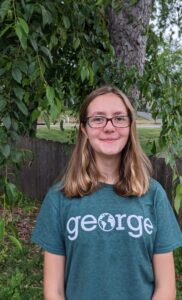 Hopewell, NJ
Hopewell, NJ
 Pottstown, PA
Pottstown, PA Playa del Carmen, Quintana Roo, México
Playa del Carmen, Quintana Roo, México Shanghai, China
Shanghai, China Beijing, China
Beijing, China Yardley, PA
Yardley, PA Beijing, China
Beijing, China Holland, PA
Holland, PA Langhorne, PA
Langhorne, PA Ringoes, NJ
Ringoes, NJ New Hope, PA
New Hope, PA Dreshner, PA
Dreshner, PA Yardley, PA
Yardley, PA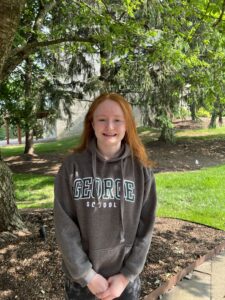 Yardley, PA
Yardley, PA PA
PA

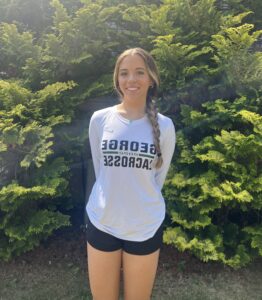
 Xi’an, China
Xi’an, China





